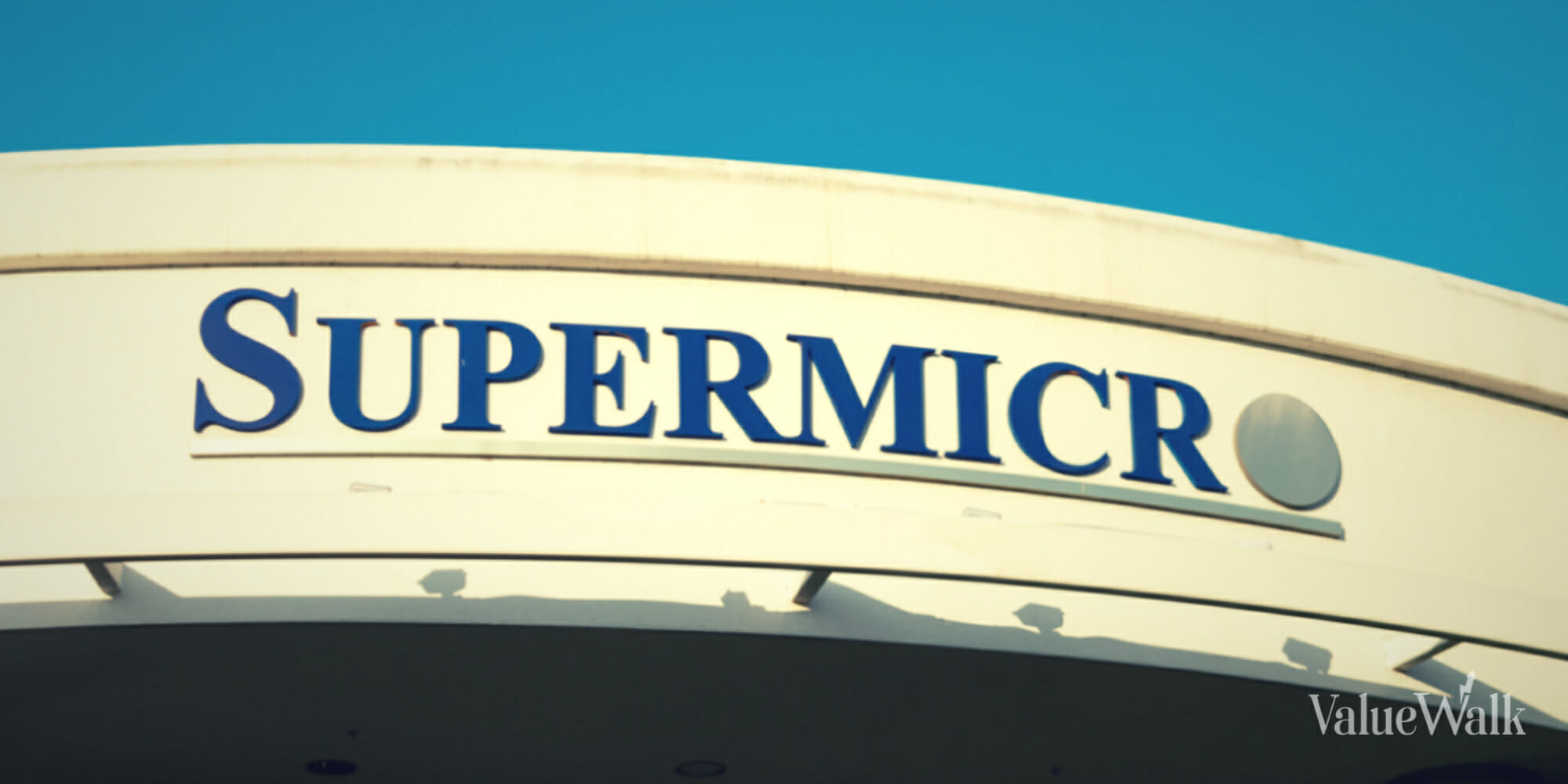July 26, 2015
Mr. Keith E. Alessi, CEO
Westmoreland Coal Company
9540 S. Maroon Circle, Suite 200
Englewood, CO 80112
Dear Keith,
Since I filed my latest 13-D ownership statement on July 8, 2015, in which I disclosed owning 1,205,700 shares or 6.7% of the Westmoreland Coal Company, the price of the common stock has fallen from $17.50 per share to $13.88 as of this past Friday. This decline accelerated even after you had a one-hour conference call in which you carefully tried to explain to the shareholders why the shares of Westmoreland are selling at levels far below intrinsic value. The market reaction to your conference call was for the shares to lose almost 15% of their value. Clearly, the public shareholders do not appreciate or understand the strength of the investment story.
For example, on Friday’s conference call the analyst from BB&T asked if the company was going to issue equity to help fund the San Juan acquisition. While you did not rule out issuing equity for potential acquisitions, the marketplace misunderstood your response. Based on the balance sheet and the upcoming Kemmerer drop-down mentioned on the conference call, the company has the ability to close on this transaction with a combination of available cash and lines of credit. Therefore, no equity will be required to close the San Juan deal.
My interpretation of your comments in regards to issuing equity is that you would consider issuing equity in Westmoreland Coal if it resulted in the company being able to buy an additional asset, not the San Juan asset. In fact, I take your comments to mean that the only condition in which you would issue equity is to purchase an additional asset, which would result in a massively accretive transaction to shareholders. Once again, the market is misunderstanding your comments.
On the basis of the current situation, I call upon the Board of Directors to take the following actions immediately:
Explore an immediate sale of the company for a price in excess of $31 per share. Based on the capital markets, private-equity company investment requirements, and the extremely long-term nature of our contracts, this price represents a minimum price that the company should expect to receive. In fact, it is possible and likely that the number will be higher. This would represent a 123% premium to the current share price.
The $31 price expectation is based on several facts. The company stated in its June 12th presentation to investors that free cash flow per share after debt service for 2015 is expect to be $3.27 at the mid-point of guidance. Westmoreland generates an additional 35 cents of income via ownership of shares in Westmoreland Resources. This results in $3.62 per share free cash flow for 2015. In addition, the company reported this past Friday on the conference call that the Coal Valley export facility is losing approximately $18 million per year due to the commodity nature of that asset. Those contracts expire at the end of 2017; therefore, while the company can expect to lose an additional $45 million over the next 30 months, the cash flow at Westmoreland will increase by another $1.00 per share starting in 2018.
Finally, Westmoreland is under contract to purchase the San Juan mining assets from BHP. The misunderstanding of the facts behind this acquisition is another example of the market not appreciating our business. This is going to be a great acquisition with a minimum 7-year contract length. Since this transaction is not yet closed, the management at Westmoreland has been prudent not to disclose the details behind this deal. That said, a number of analysts have provided some educated guesses about the value of this acquisition and believe the contribution might be an additional $1.00 per share in cash flow staring in 2016. Instead of giving Westmoreland credit for a great acquisition, the market is now punishing us for an alleged equity raise, which will never happen.
The math for the $31 minimum price is straightforward. 2015 expected cash flow per share is $3.62. Westmoreland can expect an additional $1.00 per share from the San Juan transaction, and in 2018, the Coal Valley loss will be removed. The resultant cash flow per share in 2018 is therefore $5.62. Using a seven times free cash flow multiple and deducting the $45 million operating loss from Coal Valley for the next 30 months yields a $36.84 per-share value. A more conservative multiple of six times cash flow yields $31.22 per share. This value does not include any consideration for the ROVA assets, which in 2019 can likely be sold for another $2 or $3 per share. Nor does it include any value for the carbon activation facility projected to come on line by 2018.
Add two additional members to the Board of Directors at Westmoreland Coal who are large shareholders. While I am willing to be one of those two members, there are many qualified investors who control more than 250,000 shares and would provide valuable advice and consent.
Send a list of current shareholders to my attention.
Schedule a 4-hour investor day during the month of August to fully and completely outline the investment merits of Westmoreland Coal to your existing and potentially new shareholder base. The investor day will actually save management critical time and energy because it will be an opportunity to address all investors at once, as opposed to having a never ending slew of 1- and 2-hour phone calls with individual investors.
Create a new investor-relations position at Westmoreland Coal/Resources who can address issues from shareholders without taking up the valuable time of executive management.
Immediately accelerate negotiations to change the Westmoreland Coal line of credit/revolver to allow a buyback program. This will allow the company to opportunistically reduce the share count. Based on my 2018 free cash flow projections, the company is selling for 2.5 times 2018 free cash flow. Purchases of Westmoreland stock at current levels make spectacular investment sense.
The coal industry in general is suffering from a multitude of problems related to their over-reliance on commodity-based pricing. Unlike Westmoreland, the other coal companies in the United States generally have over-leveraged balance sheets related to previous acquisitions in which they expected both met and thermal coal prices to be far in excess of current levels. The increased production from Australian mines and the devaluation of the Australian currency have put additional pressure on many coal companies based in the United States. The economic slowdown in China has also dramatically impacted commodity prices. Peabody Energy bonds are trading at levels that imply a bankruptcy or restructuring is likely in the next 1 to 3 years. Many other players in the space are currently in pre-bankruptcy or will likely be there shortly.
Against this dismal backdrop Westmoreland Coal stands in sharp relief. Westmoreland has an average of 10-year contracts for its coal. We employ an entirely different business model in which we are partners with our utility customers, who burn our coal on a cost-plus, cost-protected or geographically protected structure. As a result of our distinct model, the effective price per million BTU for our utility partners is less than $2.00. In fact, in your most recent presentation, you detailed that company-wide, the breakeven with natural gas was $1.68 per million BTU. We are unique, and the market is not able or willing to value our exceptional model. In light of this, I request that you immediately take action on the steps outlined in this letter.
Sincerely,
Charles Frischer






